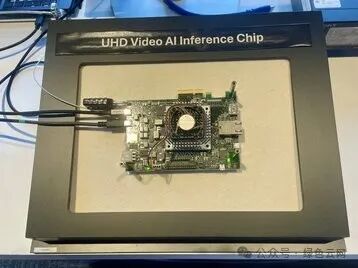NTT has launched an AI inference chip designed for video processing on edge devices and power-constrained terminals.
According to the company, the large-scale integration (LSI) provides real-time AI processing for video at up to 4K resolution and 30 frames per second, enabling low-power inference at the edge.

NTT states that compared to GPUs deployed in AI servers, edge AI devices and power-constrained terminals have limited power consumption. NTT claims that its LSI can overcome these limitations by implementing its NTT AI inference engine, which “reduces computational complexity while ensuring detection accuracy” and improves computational efficiency using inter-frame correlation and dynamic bit precision control.
NTT plans to commercialize this LSI through its operating company, NTT Innovative Devices Corporation, by 2025.
The company also mentioned that it is researching the application of LSI in the data-centric infrastructure of the Innovative Optical and Wireless Network (IOWN) program, which aims to explore how photonic technologies with ultra-high capacity, ultra-low latency, and ultra-low power consumption can support AI.
Kazu Gomi, President and CEO of NTT Research, stated: “The combination of low-power AI inference with ultra-high-definition video has tremendous potential, from infrastructure inspection to public safety and live sports events. We believe NTT’s LSI is the first product of its kind to achieve such results, representing a significant step forward in realizing AI inference at the edge and in power-constrained terminals.
LSI is not NTT’s first chip. In 2023, the company announced that it had developed a prototype chip that could enhance communication speeds in data centers and undersea cables, although the company acknowledged that commercialization of the chip would take several more years.
NTT Innovative Devices Corporation was formed last year from the merger of NTT Electronics and NTT Laboratories’ R&D departments.